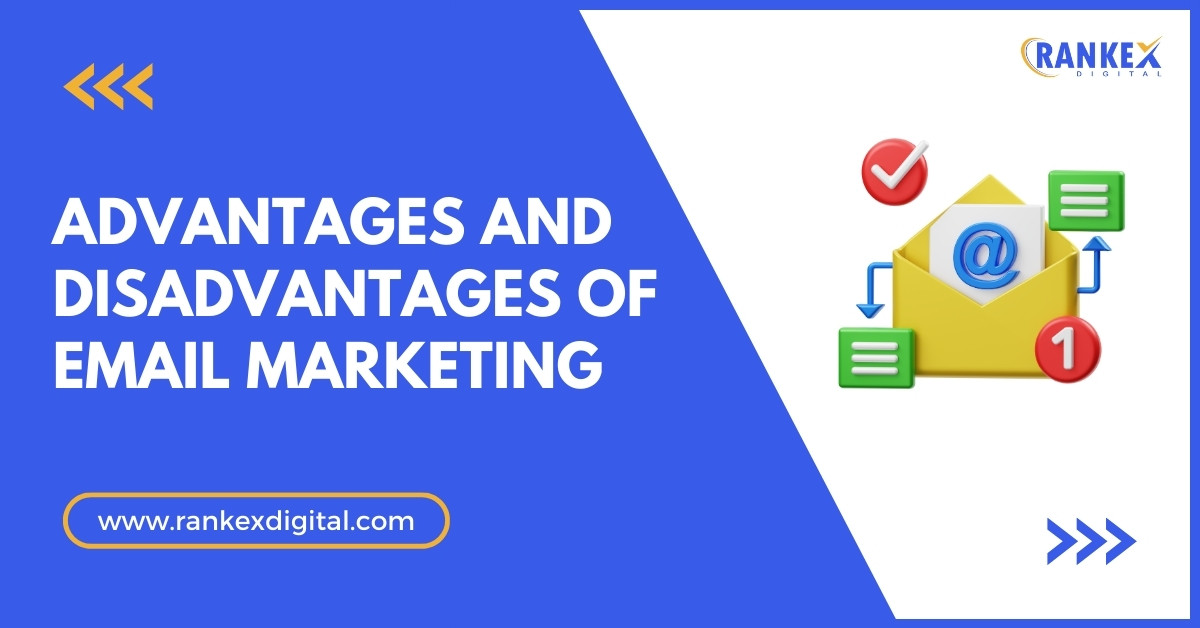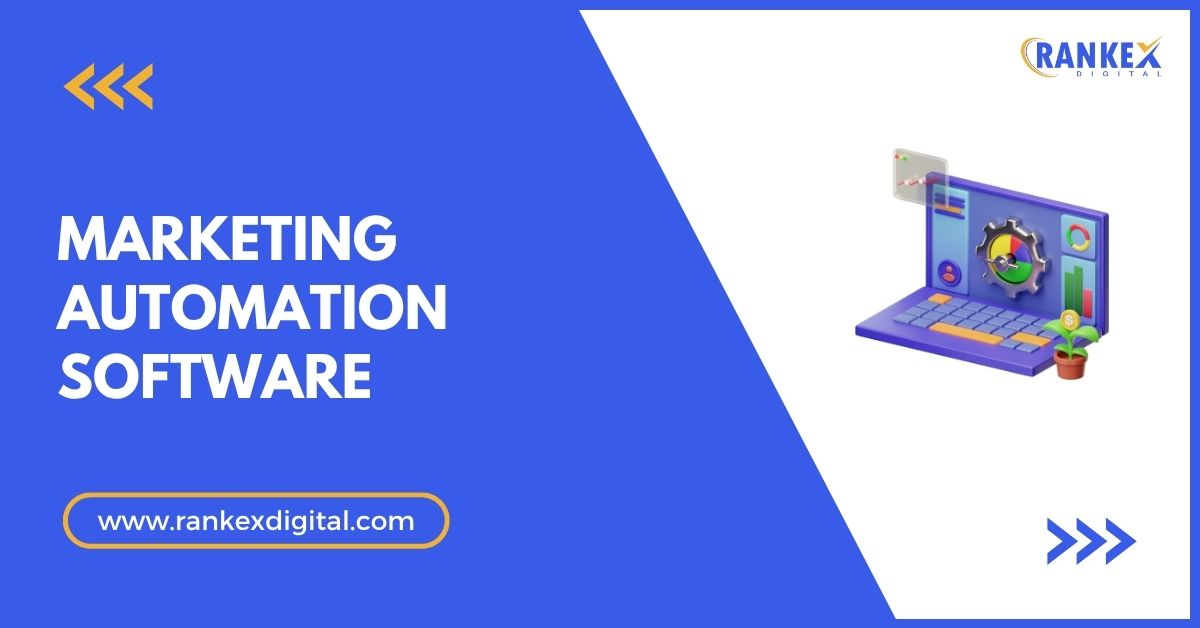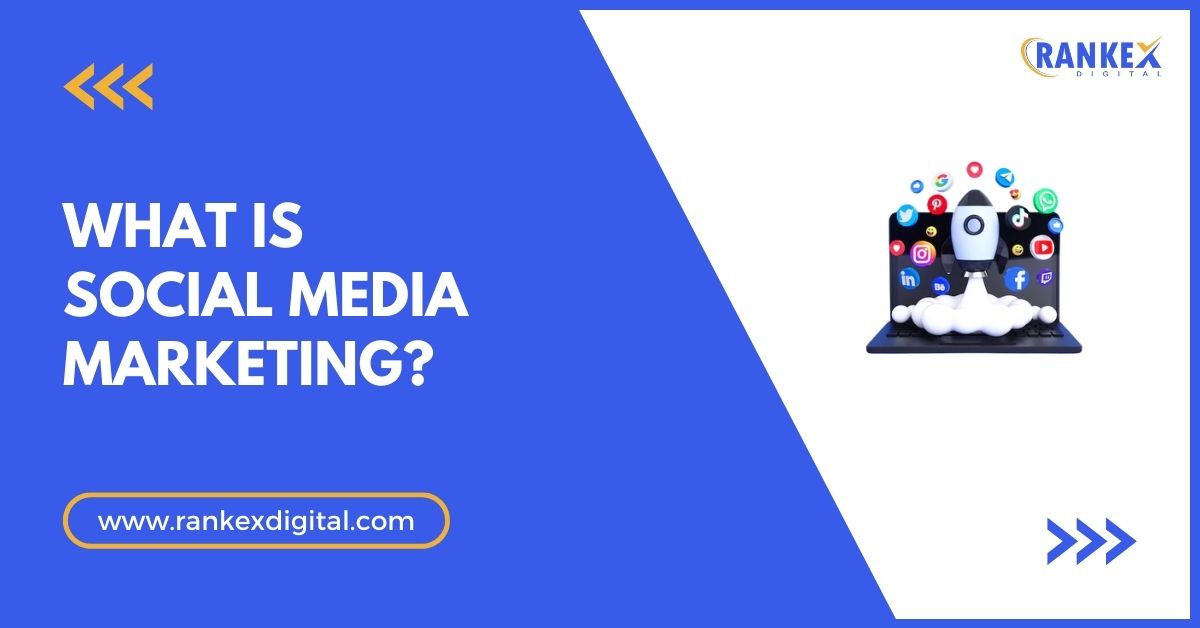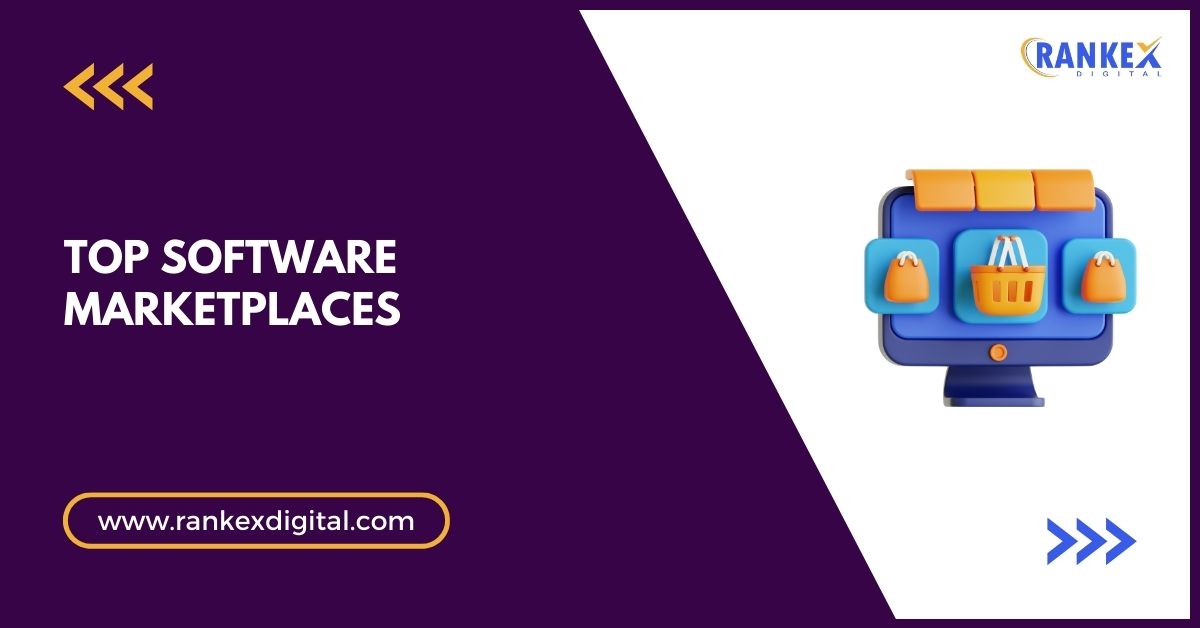Email marketing has been a cornerstone of digital marketing for years, and even in 2025, it continues to play a critical role in how businesses communicate with their audience. Whether you’re a startup looking to engage with customers or a large enterprise scaling up personalized campaigns, email marketing offers a unique blend of advantages and challenges.
In this article, we’ll take a deep dive into the top 20 advantages and disadvantages of email marketing—because while it can be a powerful tool, it’s essential to know both its strengths and limitations to maximize its potential.
Table of Contents
What is Email Marketing?
Email marketing is the practice of sending targeted messages or promotional content to a group of subscribers via email. It’s a direct form of communication that allows businesses to engage with their audience, whether for promoting products, sharing updates, or nurturing customer relationships.
In 2025, email marketing remains incredibly relevant, as it offers businesses a reliable channel to deliver personalized content, build trust, and generate revenue. To support this, email marketing platforms like Mailchimp, Constant Contact, Sendinblue, and HubSpot provide businesses with advanced tools for automation, segmentation, and analytics.
These platforms make it easier for businesses to design campaigns, track performance, and optimize results for higher ROI. While social media and newer marketing trends rise in popularity, email marketing’s return on investment (ROI) keeps it firmly in the digital marketing toolkit.
Top 20 Advantages and Disadvantages of Email Marketing
Advantages of Email Marketing
Email marketing remains one of the most powerful and cost-effective digital marketing strategies available today. Whether you’re a small business, an e-commerce brand, or a large enterprise, email marketing offers numerous benefits that help drive engagement, conversions, and customer loyalty. Here’s a closer look at the key advantages of email marketing:
1. Cost-Effective
One of the greatest advantages of email marketing is its affordability. Traditional marketing methods, such as print or TV ads, involve high costs for postage, printing, or ad space. Email marketing, on the other hand, requires minimal financial investment. Whether you’re using free or premium email marketing platforms, the cost is significantly lower, making it accessible for businesses of all sizes.
With a well-constructed strategy, you can execute campaigns at a fraction of the cost of other channels while still reaching a broad audience. Additionally, businesses can save on design and distribution costs by leveraging email templates and automation tools.
2. Direct Communication
Email marketing allows for direct and personal communication with your audience. Unlike social media, where algorithms often limit your visibility, emails are delivered straight to the inbox, facilitating one-on-one interaction with your subscribers.
This direct approach increases the likelihood of your message being seen, read, and engaged with. You have complete control over how and when your emails are sent, ensuring that your audience receives your content at the right time.
3. High ROI
Email marketing boasts one of any digital marketing channel’s highest returns on investment (ROI). Research shows that for every $1 spent on email marketing, businesses can expect an average return of $36.
A well-optimized email campaign can generate leads, nurture prospects, and convert them into loyal customers. Businesses can implement automation, A/B testing, and segmentation strategies to maximize conversions when combined with the right email marketing platforms.
4. Scalable Campaigns
Email marketing is easily scalable, making it an ideal strategy for both small businesses and large corporations. Whether you’re managing a list of 500 subscribers or 500,000, email marketing platforms allow you to scale your efforts without additional costs.
You can create a single campaign and tailor it to different audience segments, ensuring that each group receives the most relevant messaging. This scalability helps businesses maintain personalized communication as they grow.
5. Measurable Performance
One of the top advantages of email marketing is its measurable nature. You can track key metrics such as:
-
Open rates
-
Click-through rates (CTR)
-
Conversion rates
-
Bounce rates
-
Unsubscribe rates
Most email marketing platforms provide built-in analytics and reporting tools, allowing marketers to assess performance and make data-driven decisions. With A/B testing features, you can refine your emails for better engagement and higher conversions.
6. Personalization and Segmentation
Email marketing allows for highly personalized messages tailored to each subscriber’s behaviour, preferences, and demographic information. Personalized subject lines, customized email signatures, and content significantly increase open and engagement rates.
By segmenting your list, you can send relevant content to different audience groups, such as:
-
New subscribers receiving a welcome email series
-
Repeat customers getting exclusive loyalty discounts
-
Cart abandoners receive a reminder to complete their purchase
Many email marketing platforms offer advanced segmentation features, making it easier to create targeted campaigns that drive results.
7. Automation Capabilities
One of the biggest advantages of email marketing platforms is their automation capabilities. Automation enables businesses to send emails triggered by specific user actions, such as:
-
Welcome emails when someone subscribes to
-
Order confirmations and shipping updates
-
Abandoned cart emails to recover lost sales
-
Birthday and anniversary emails with special discounts
This level of automation helps maintain consistent engagement with your audience while saving time and effort.
8. Builds Customer Loyalty
Consistently reaching out to your audience through email helps build trust and loyalty. Whether you’re sending:
-
Product updates
-
Exclusive offers
-
Industry insights
-
Customer appreciation emails
Your subscribers will appreciate the regular communication. Email marketing fosters a long-term relationship with customers, increasing brand recall and encouraging repeat business.
9. Increased Engagement
Emails offer far more than just static text. With interactive elements like:
-
Polls and surveys
-
GIFs and videos
-
Countdown timers for limited-time offers
-
Dynamic calls-to-action (CTAs)
You can create engaging experiences that encourage subscribers to take action. Email marketing software makes it easy to add multimedia content, enhancing user engagement and interaction.
10. Eco-Friendly
Because email marketing is completely digital, it eliminates the need for paper, ink, and other physical resources. This makes it an environmentally friendly alternative to traditional marketing methods.
Businesses that prioritize sustainability can use email marketing as a greener solution while still effectively reaching their audience. Additionally, consumers are becoming more environmentally conscious, making paperless marketing strategies even more appealing.
Disadvantages of Email Marketing
While email marketing is a powerful tool with numerous benefits, it also comes with its own set of challenges. Understanding these disadvantages can help marketers develop strategies to overcome them and ensure successful campaigns. Here are the key drawbacks of email marketing:
1. Spam and Deliverability Issues
Even the best email campaigns run the risk of landing in the spam folder, preventing your message from reaching your audience. Email providers use advanced spam filters to detect suspicious emails, and if your campaign is flagged, it won’t even reach the recipient’s inbox.
To improve deliverability, marketers must:
-
Maintain a clean and updated email list
-
Use reputable email marketing platforms
-
Avoid spam-triggering words in subject lines
-
Authenticate emails using SPF, DKIM, and DMARC protocols
Despite these efforts, achieving high deliverability rates requires constant monitoring and optimization, making this a persistent challenge for businesses.
2. Overload and Ignored Emails
People receive an overwhelming number of emails daily, including newsletters, promotional messages, work-related emails, and spam. With inboxes flooded, even a well-crafted email can easily be overlooked, deleted, or ignored.
To stand out, businesses need to:
-
Use compelling subject lines that grab attention
-
Send emails at the optimal time for higher open rates
-
Personalize emails to make them relevant to the recipient
-
Limit the frequency of emails to avoid overwhelming subscribers
Even with these strategies, there’s no guarantee that recipients will read or engage with your email, making it harder to achieve the desired impact.
3. List Fatigue
Sending too many emails or content that doesn’t resonate with subscribers can lead to list fatigue—a situation where recipients lose interest and either stop opening emails or unsubscribe altogether.
This can happen when:
-
Emails are sent too frequently
-
Content lacks relevance or value
-
Offers and promotions feel repetitive
To prevent list fatigue, marketers should segment their audience, personalize content, and analyze engagement metrics regularly to adjust email frequency and messaging.
4. Design Limitations
Email marketing relies heavily on visual appeal, but designing emails that display correctly across different devices and email clients is challenging. For instance, an email that looks perfect in Gmail might appear broken or distorted in Outlook due to varying HTML rendering rules.
Common design issues include:
-
Images not displaying properly or being blocked by email providers
-
Formatting inconsistencies across mobile and desktop devices
-
Emails not being responsive, leading to poor user experience
To mitigate this, businesses must thoroughly test emails on different platforms and use mobile-responsive email templates, which can be time-consuming.
5. Regulatory Compliance
Email marketing is governed by strict legal regulations such as:
-
General Data Protection Regulation (GDPR) (EU)
-
CAN-SPAM Act (USA)
-
CASL (Canada’s Anti-Spam Legislation)
These laws require businesses to:
-
Obtain explicit consent before sending marketing emails
-
Provide a clear and easy way to unsubscribe
-
Avoid misleading subject lines and sender information
Non-compliance can result in severe penalties, fines, and even legal action. Marketers need to stay updated on these regulations and ensure all email campaigns follow the required guidelines.
6. Technical Glitches
Technical issues can significantly impact the success of email campaigns. Common problems include:
-
Images not loading due to recipient settings
-
Slow email load times affecting engagement
-
Broken links leading to poor user experience
-
Emails landing in spam folders because of poorly configured email authentication
Even minor technical errors can frustrate recipients and reduce the effectiveness of the campaign. Regular testing and quality checks are necessary to minimize these risks.
7. Cost of Email Marketing Tools
While email marketing is generally cost-effective, businesses that require advanced features such as automation, segmentation, A/B testing, and analytics may need to invest in premium email marketing platforms.
Popular platforms like HubSpot, Mailchimp, ActiveCampaign, and Constant Contact charge higher fees for advanced functionalities. For small businesses or startups, these costs can be a financial burden, making it difficult to leverage the full potential of email marketing.
8. Time-Consuming Setup
Creating a high-performing email campaign involves multiple steps, including:
-
Writing engaging and persuasive content
-
Designing visually appealing and responsive templates
-
Testing emails across different platforms
-
Segmenting audiences for targeted messaging
-
Setting up automation workflows
This entire process can be labour-intensive and time-consuming, especially for businesses without dedicated email marketing teams. Without the right tools or expertise, achieving optimal results becomes challenging.
9. Risk of Being Labeled as Spam
Sending too many irrelevant or poorly targeted emails can lead to your emails being marked as spam. If multiple users report your emails, your sender reputation will decline, making it harder to reach inboxes.
To avoid this, businesses should:
-
Send emails only to subscribers who have opted in
-
Personalize content to make it relevant
-
Use double opt-in to confirm subscriber interest
-
Monitor bounce rates and remove inactive subscribers
Once flagged as spam, rebuilding trust with email providers takes time and effort, making it one of the biggest risks of email marketing. One effective workaround to reduce reliance on email links is integrating alternative CTAS like scannable QR codes.
For example, using tools like Uniqode’s QR code Generator, marketers can create trackable codes that lead users directly to landing pages, event sign-ups, or product catalogues. This offers a frictionless mobile experience and helps preserve sender reputation by minimising hyperlink overload in the email body. Other use cases include linking to surveys, digital coupons, or dynamic app downloads—particularly helpful for re-engagement campaigns or promotional emails.
10. Limited Reach to Non-Digital Users
Email marketing is only effective if your audience is tech-savvy and actively checks their email. However, some target audiences—such as senior citizens, rural populations, or non-digital users—may not engage with emails regularly.
For businesses targeting such demographics, relying solely on email marketing may not be the best strategy. Other communication channels, such as SMS marketing, phone calls, or direct mail, might be more effective in reaching these segments.
How to Maximise the Advantages of Email Marketing
To fully leverage the power of email marketing, focus on segmentation and personalization. By sending relevant content to the right people at the right time, you can significantly increase engagement and conversion rates. Additionally, keep a close eye on your analytics to identify opportunities for optimization.
Automation is another crucial tool—set up automated workflows for welcome emails, cart abandonment reminders, and re-engagement campaigns to save time while nurturing leads effectively.
How to Overcome the Disadvantages of Email Marketing
Combat the disadvantages by maintaining a clean email list—remove inactive subscribers and ensure you’re sending only to people who’ve opted in. Pay attention to design best practices, making sure your emails look good across all devices and email clients. Also, stay up to date with regulatory requirements to avoid penalties.
Consider A/B testing to continuously refine your strategy and see what resonates with your audience. Whether it’s tweaking subject lines, testing CTA placements, or experimenting with timing, small changes can lead to better results.
Conclusion
Email marketing, when done right, offers a plethora of benefits that can drive engagement, boost sales, and build lasting customer relationships. However, it’s not without its challenges. From deliverability issues to design limitations, understanding the pros and cons will help you navigate the landscape effectively.
By carefully selecting the right tools, crafting personalized content, and staying compliant with regulations, you can overcome the challenges and unlock the full potential of email marketing for your business.
Frequently Asked Questions
1. What are the main benefits of email marketing?
Email marketing is one of the most effective digital marketing strategies, offering multiple advantages:
-
Cost-effective – Requires minimal investment compared to paid advertising.
-
High Return on Investment (ROI) – Studies show email marketing generates an impressive ROI of $36 for every $1 spent.
-
Personalization – Enables customized messages tailored to subscriber preferences.
-
Direct Communication – Allows businesses to engage with customers without relying on third-party platforms.
-
Automation & Scalability – Email marketing tools offer automation for lead nurturing, abandoned cart recovery, and drip campaigns.
-
Measurable Performance – Provides detailed insights into open rates, click-through rates, and conversions.
2. How can I improve my email deliverability rates?
Email deliverability is crucial to ensuring your messages reach your subscribers’ inboxes rather than the spam folder. Here’s how to enhance it:
-
Maintain a clean email list – Regularly remove inactive and invalid email addresses.
-
Authenticate your emails – Set up SPF, DKIM, and DMARC records to verify your domain.
-
Send relevant and valuable content – High engagement signals to email providers that your emails are important.
-
Use a reputable email service provider (ESP) – Choose platforms with strong deliverability track records like Mailchimp, SendGrid, or ActiveCampaign.
-
Monitor bounce rates – High bounce rates can negatively impact your sender’s reputation.
3. What are the best practices to avoid being marked as spam?
To prevent your emails from being flagged as spam, follow these best practices:
-
Use a double opt-in process – Ask subscribers to confirm their email addresses before adding them to your list.
-
Avoid spam-triggering words – Words like “free,” “buy now,” or “guaranteed” can increase the risk of being flagged.
-
Send emails at optimal times – Too many emails in a short period can trigger spam filters and annoy subscribers.
-
Include an easy unsubscribe option – Make it simple for recipients to opt out instead of marking your emails as spam.
-
Personalize your emails – Generic, mass emails are more likely to be ignored or reported.
4. How do I measure the success of my email marketing campaigns?
Tracking performance metrics helps you understand how well your campaigns are performing. Key metrics include:
-
Open Rate – Percentage of recipients who opened your email.
-
Click-Through Rate (CTR) – Percentage of people who clicked on a link in your email.
-
Conversion Rate – Number of recipients who completed a desired action (purchase, signup, etc.).
-
Bounce Rate – Percentage of undelivered emails (hard bounces = invalid addresses, soft bounces = temporary delivery issues).
-
Unsubscribe Rate – Percentage of people who opted out of your emails.
-
Spam Complaint Rate – How often recipients mark your emails as spam (should be below 0.1%).
5. What are the risks of email marketing in 2025?
As email marketing evolves, new risks and challenges emerge, including:
-
Regulatory Compliance – Stricter laws like GDPR, CCPA, and evolving spam regulations require businesses to stay compliant.
-
Deliverability Challenges – Increasingly advanced spam filters make it harder to reach inboxes.
-
List Fatigue – Overcrowded inboxes mean lower engagement rates and higher unsubscribes.
-
Technical Issues – Image blocking, broken links, and formatting inconsistencies can affect campaign performance.
-
Privacy Concerns – Users are becoming more protective of their data, leading to stricter email permission requirements.
6. How often should I send marketing emails?
The ideal frequency depends on your industry and audience preferences. However, general guidelines include:
-
B2B emails: 1–4 times per month
-
E-commerce emails: 1–3 times per week (with personalized offers)
-
Newsletters: Weekly or biweekly
-
Seasonal promotions: As needed, but avoid overloading subscribers
It’s best to A/B test different frequencies to find what works best for your audience.
7. How can I grow my email subscriber list?
Building a strong email list takes time, but these strategies can help:
-
Offer valuable lead magnets – Provide free e-books, discount codes, or exclusive content in exchange for emails.
-
Use pop-up forms on your website – Capture visitors’ attention with well-timed pop-ups.
-
Run social media promotions – Encourage users to sign up via Instagram, Facebook, or LinkedIn.
-
Host webinars or events – Require an email address for registrations.
-
Leverage referral programs – Reward subscribers who invite others to join your list.
8. What types of emails should I send to my subscribers?
To keep your audience engaged, send a variety of emails, such as:
-
Welcome Emails – Introduce new subscribers to your brand.
-
Promotional Emails – Highlight special offers and discounts.
-
Newsletter Emails – Share industry insights, updates, and valuable content.
-
Transactional Emails – Order confirmations, shipping updates, and receipts.
-
Abandoned Cart Emails – Remind customers to complete their purchase.
-
Re-engagement Emails – Win back inactive subscribers with exclusive offers.
9. Should I use plain text or HTML emails?
Both formats have their pros and cons:
-
Plain text emails – More personal, higher deliverability rates, and less likely to trigger spam filters.
-
HTML emails – Visually appealing, support images, and work well for branding and promotions.
A/B testing can help determine which format resonates best with your audience.
10. What is email segmentation, and why is it important?
Email segmentation is the process of dividing your email list into smaller groups based on specific criteria, such as:
-
Demographics – Age, location, job title, etc.
-
Behavioral Data – Purchase history, website activity, and past interactions.
-
Engagement Levels – Highly engaged vs. inactive subscribers.
Segmentation helps send highly relevant emails, increasing open rates, CTRs, and conversions while reducing unsubscribe rates.
11. Can I buy an email list for marketing?
No. Buying email lists is highly discouraged because:
-
It violates data privacy laws like GDPR and CAN-SPAM.
-
Recipients did not opt in, making them more likely to mark emails as spam.
-
Purchased lists often have low engagement rates and high bounce rates.
-
It can damage your sender’s reputation, leading to email deliverability issues.
Instead, focus on organic list-building methods to ensure a high-quality, engaged audience.
12. What’s the best time to send marketing emails?
While the best time varies by audience, general best practices suggest:
-
B2B emails: Tuesday – Thursday, 10 AM – 2 PM
-
E-commerce emails: Midweek afternoons or Sunday evenings
-
Newsletters: Tuesday or Thursday mornings
Testing different send times and analyzing engagement data will help identify the optimal schedule for your audience.









